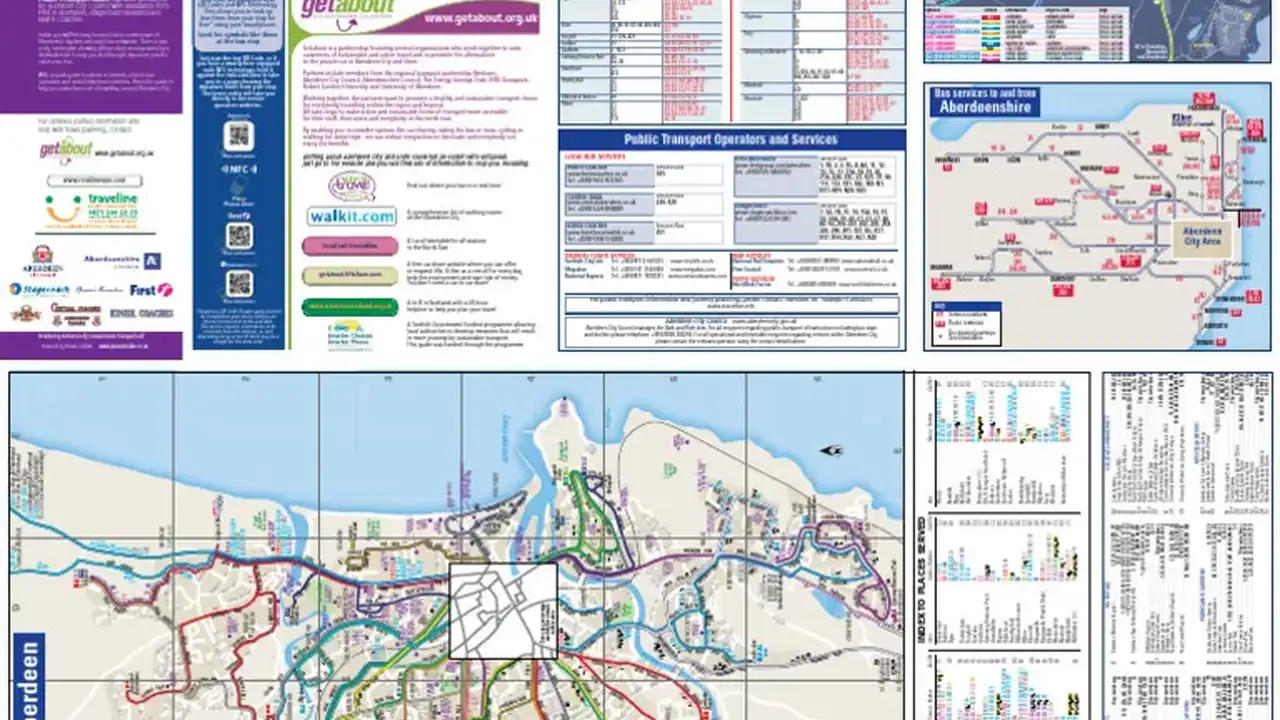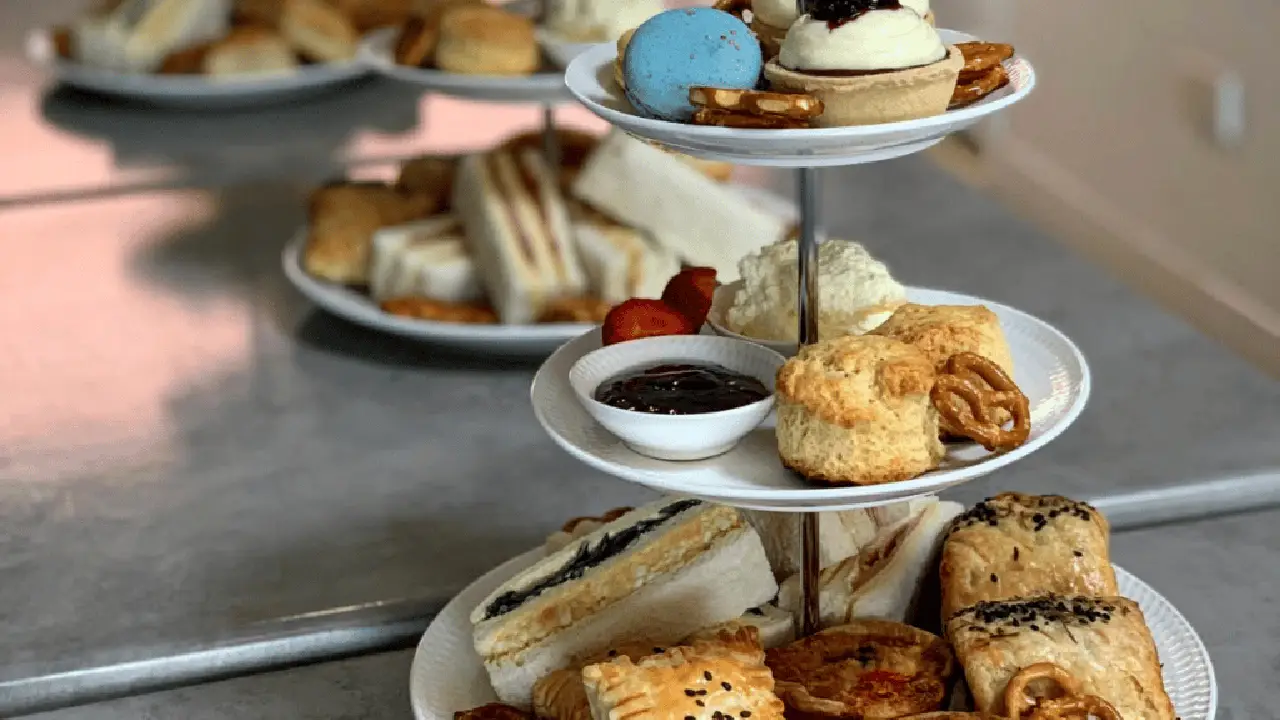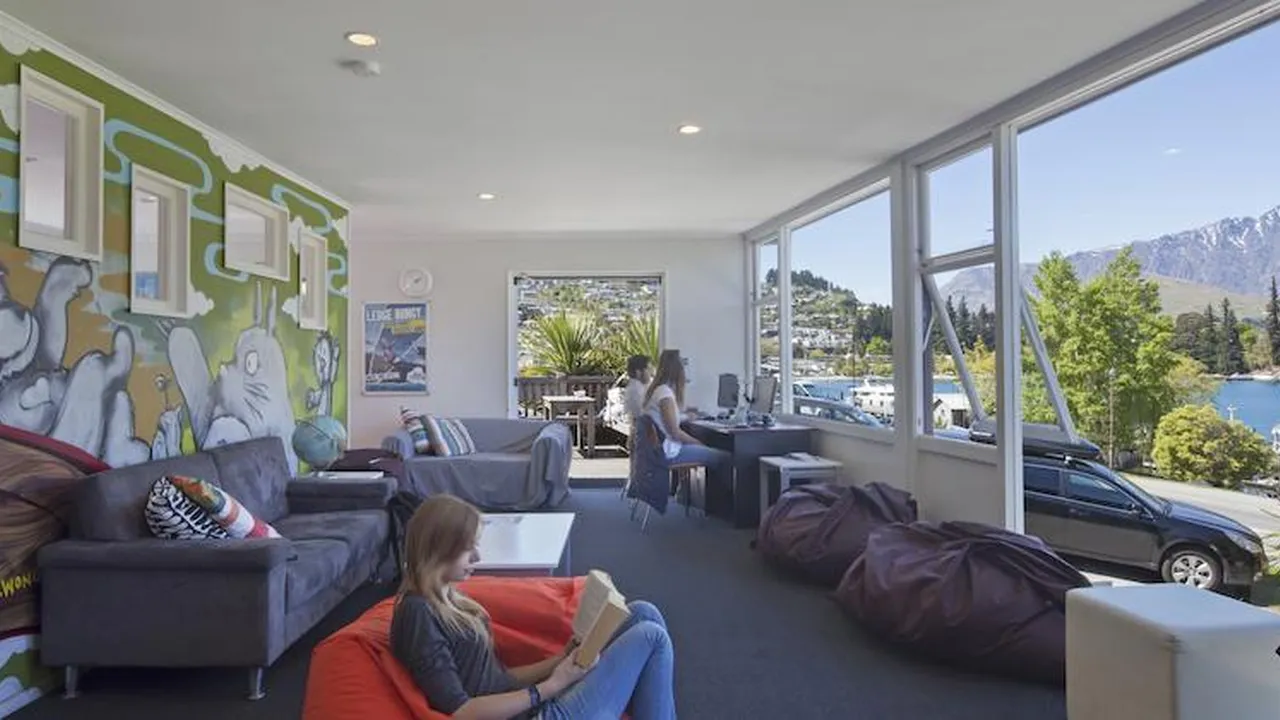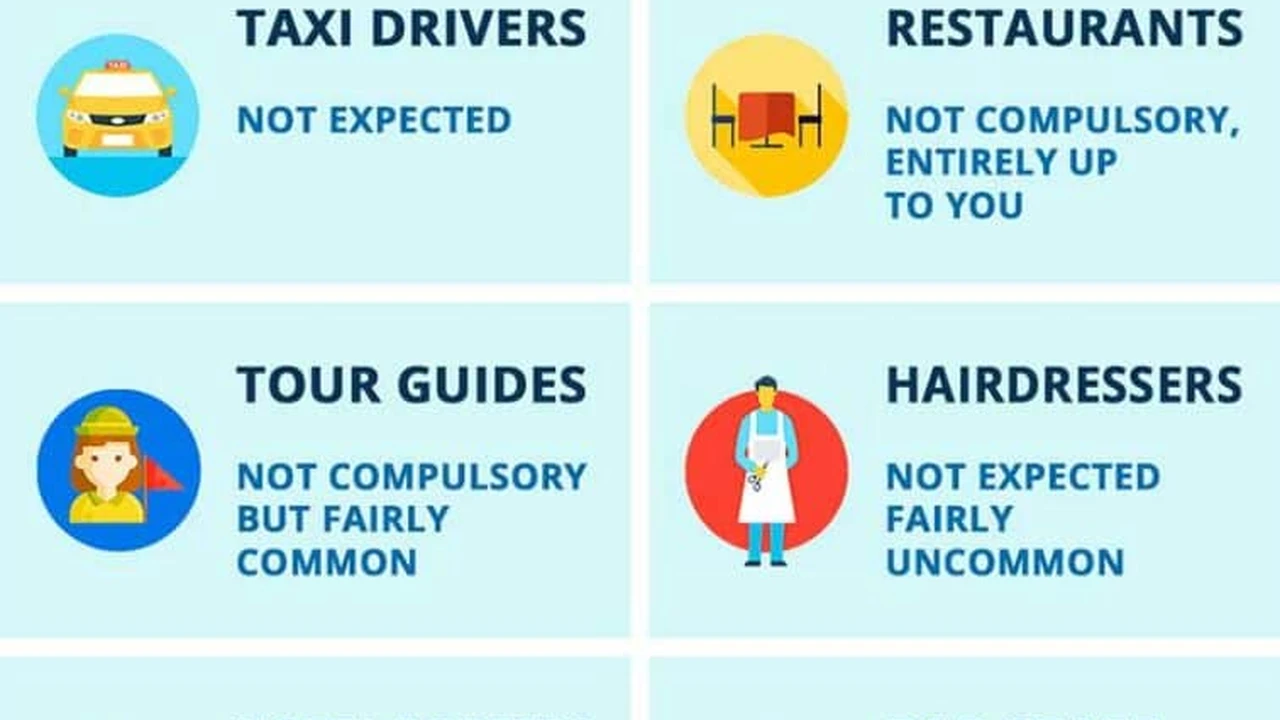New Zealand's Public Transportation: A Guide
Sample meta description.

Navigating New Zealand: Your Public Transportation Options (Public Transport NZ)
So, you're planning a trip to New Zealand? Awesome choice! It's a land of stunning landscapes, thrilling adventures, and…well, sometimes a bit of a transportation challenge. While renting a car offers ultimate freedom, it's not always the most budget-friendly or eco-conscious option. Fear not, intrepid traveler! New Zealand's public transportation system, while not as extensive as some European networks, is perfectly viable for exploring key areas and experiencing the Kiwi way of life. This guide will break down your options, offer tips, and even suggest some handy apps to make your journey smoother than a perfectly poured flat white.
Buses: The Backbone of New Zealand Transport (NZ Bus Network)
Buses are the workhorses of New Zealand's public transport. They connect major cities, smaller towns, and even some remote areas. Two main types of bus services exist: intercity buses and local city buses. Intercity buses, like InterCity and ManaBus (now merged with InterCity), are your go-to for longer distances. They're generally comfortable, with onboard toilets and sometimes even Wi-Fi. Think of them as your scenic rolling hotel!
Local city buses are, well, for getting around cities. Auckland, Wellington, Christchurch, and Dunedin all have comprehensive bus networks. You'll usually need a pre-paid card (like an AT HOP card in Auckland or a Snapper card in Wellington) or a mobile app to pay for your fare. Cash is often accepted, but it's usually more expensive and less convenient.
Pro Tip: Booking intercity buses in advance, especially during peak season (summer and school holidays), is highly recommended. Prices often fluctuate, so the earlier you book, the better the deal you'll likely get.
Trains: Scenic Routes and Relaxed Travel (NZ Train Travel)
New Zealand's train network isn't as extensive as its bus network, but the train journeys it *does* offer are truly spectacular. Think panoramic views of snow-capped mountains, lush rainforests, and dramatic coastlines. The three main scenic train routes are:
- The TranzAlpine: Christchurch to Greymouth, crossing the Southern Alps. Voted one of the world's greatest train journeys!
- The Coastal Pacific: Picton to Christchurch, hugging the stunning coastline of the South Island.
- The Northern Explorer: Auckland to Wellington, traversing the heart of the North Island.
Train travel in New Zealand is more about the experience than speed. It's a chance to relax, soak in the scenery, and maybe even strike up a conversation with a fellow traveler. Fares are generally higher than buses, but the unforgettable views are worth the splurge for many.
Pro Tip: Consider booking a "Scenic Plus" ticket for an enhanced experience, often including meals and commentary.
Ferries: Island Hopping Made Easy (NZ Ferry Services)
Being an island nation, New Zealand relies heavily on ferries. The most important ferry route is the Interislander, connecting Wellington (North Island) and Picton (South Island). This ferry carries passengers, cars, and freight and offers stunning views of the Marlborough Sounds. The journey takes around 3.5 hours and is a must-do if you're travelling between the two islands.
Other ferry services operate around New Zealand, connecting islands like Waiheke Island (near Auckland), Stewart Island (South Island), and the Bay of Islands (Northland). These ferries are often smaller and more frequent, offering a convenient way to explore the coastal regions.
Pro Tip: Book your Interislander ferry well in advance, especially if you're travelling with a vehicle. The ferries can get fully booked, particularly during peak season.
Taxis and Ride-Sharing: Convenient but Costly (NZ Taxi & Uber)
Taxis and ride-sharing services like Uber and Ola are available in major cities. They're a convenient option for short distances or when public transport isn't readily available, especially at night. However, they can be significantly more expensive than buses or trains, especially during peak hours or in tourist areas.
Pro Tip: Check the estimated fare on the ride-sharing app before confirming your booking to avoid any surprises. Also, be aware that surge pricing can significantly increase fares during busy periods.
Cycling and Walking: Exploring at Your Own Pace (NZ Cycling & Hiking)
New Zealand is a paradise for cyclists and walkers! Many cities and towns have dedicated cycle lanes and walking paths, making it easy to explore at your own pace. Renting a bike is a great way to see the sights, get some exercise, and enjoy the fresh air. Walking is also a fantastic option, especially for exploring national parks and scenic reserves.
Pro Tip: Check the weather forecast before heading out for a bike ride or walk. New Zealand's weather can be unpredictable, so be prepared for rain or shine. Also, wear appropriate clothing and footwear.
Essential Apps for Navigating New Zealand's Public Transport (NZ Transport Apps)
Here are a few essential apps to help you navigate New Zealand's public transport system:
- Google Maps: Excellent for planning routes, checking timetables, and getting real-time updates.
- AT HOP (Auckland): Manage your AT HOP card, check your balance, and top up your card.
- Snapper (Wellington): Manage your Snapper card and pay for fares on buses, trains, and ferries in Wellington.
- Metlink (Wellington): Real-time information on bus and train services in the Wellington region.
- InterCity: Book InterCity bus tickets and track your bus.
These apps will save you time, money, and stress! They're like having a personal travel assistant in your pocket.
Comparing Transportation Options: Cost, Convenience, and Scenery (NZ Transport Comparison)
Let's break down the pros and cons of each transportation option:
| Option | Cost | Convenience | Scenery |
|---|---|---|---|
| Intercity Bus | Budget-friendly | Good network, frequent departures | Scenic routes |
| Train | More expensive | Less frequent departures | Spectacular views |
| Ferry | Moderate | Essential for island hopping | Beautiful coastal scenery |
| Taxi/Ride-Sharing | Expensive | Very convenient | Limited scenery |
| Cycling/Walking | Free (after bike rental) | Great for short distances | Excellent scenery |
The best option for you will depend on your budget, time constraints, and travel style.
Product Recommendations: Gear Up for Your Public Transport Adventure (NZ Travel Products)
Here are a few products that can make your public transport journey in New Zealand even smoother:
- Pacsafe Citysafe CX Anti-Theft Convertible Backpack: (Approx. NZD $250) This backpack is perfect for keeping your valuables safe while you're on the go. It features anti-theft technology, including RFID blocking and lockable zippers. It's ideal for crowded buses and trains, giving you peace of mind.
- Anker PowerCore 10000 Portable Charger: (Approx. NZD $40) Don't get caught with a dead phone! This portable charger is small, lightweight, and can charge your phone multiple times. Essential for long bus or train journeys.
- Bose QuietComfort 45 Headphones: (Approx. NZD $500) Block out the noise of the bus or train and enjoy your music or podcasts in peace. These noise-cancelling headphones are a lifesaver on long journeys.
- Lonely Planet New Zealand Travel Guide: (Approx. NZD $35) A comprehensive guide to New Zealand, with information on transportation, accommodation, attractions, and more. A must-have for any traveler.
Understanding AT HOP and Snapper Cards: Your Key to Local Transport (NZ Transport Cards)
As mentioned earlier, Auckland uses the AT HOP card, and Wellington uses the Snapper card. These cards are essential for using local buses, trains, and ferries. You can purchase them at various locations, including train stations, convenience stores, and visitor information centers. You can then top up the card with credit and use it to pay for your fares. Using these cards often gives you a discount compared to paying with cash.
AT HOP Card: Available for purchase at Auckland Transport customer service centers, online, and at selected retailers. Top up online, at kiosks, or at retailers. Fares are generally cheaper than cash fares. Good for use on buses, trains, and ferries in Auckland.
Snapper Card: Available for purchase at Snapper retailers, online, and at the Wellington i-SITE visitor information centre. Top up online, at kiosks, or at retailers. Fares are generally cheaper than cash fares. Good for use on buses, trains, the Wellington Cable Car, and some ferries in the Wellington region.
Accessibility on Public Transport: Making Travel Easier for Everyone (NZ Accessible Transport)
New Zealand is working hard to improve accessibility on its public transport system. Many buses and trains are equipped with ramps or lifts to accommodate wheelchairs and other mobility devices. Some stations also have tactile paving and audio announcements to assist visually impaired travelers. However, accessibility can vary depending on the location and service. It's always a good idea to check with the transport operator in advance to confirm accessibility arrangements.
Pro Tip: The Total Mobility Scheme provides subsidized taxi fares for people with disabilities. Contact the New Zealand Transport Agency (NZTA) for more information.
Sustainable Travel: Reducing Your Carbon Footprint (NZ Sustainable Travel)
Choosing public transport over renting a car is a great way to reduce your carbon footprint while traveling in New Zealand. Buses and trains are generally more fuel-efficient than cars, and they can also help to reduce traffic congestion. Consider cycling or walking for short distances to further minimize your environmental impact. Support eco-friendly tour operators and accommodations to make your trip even more sustainable.
Pro Tip: Look for the Qualmark Enviro rating when choosing accommodations and tour operators. This rating indicates that the business is committed to sustainable practices.
Safety Tips for Using Public Transport (NZ Transport Safety)
Here are a few safety tips to keep in mind when using public transport in New Zealand:
- Be aware of your surroundings and keep an eye on your belongings.
- Avoid displaying expensive jewelry or electronics.
- Travel in well-lit areas, especially at night.
- If you feel uncomfortable, move to a different seat or carriage.
- Report any suspicious activity to the authorities.
- Keep your valuables close and consider a money belt or hidden pocket.
Public Holidays and Special Events: Planning Your Travel Accordingly (NZ Public Holidays)
Be aware that public transport services may be reduced or operate on a different schedule during public holidays and special events. Check the transport operator's website or app for updated timetables. Also, be prepared for larger crowds and potential delays during these periods. Booking your travel in advance is highly recommended.
Popular Events: Be aware of events like Rhythm and Vines, Homegrown, and large sporting events that can impact transportation in certain areas.
Learning Basic Maori Phrases: Enhancing Your Cultural Experience (NZ Maori Language)
While English is widely spoken in New Zealand, learning a few basic Maori phrases can enhance your cultural experience and show respect for the indigenous people. Here are a few useful phrases:
- Kia ora: Hello
- Haere mai: Welcome
- Tena koe: Greetings to you (formal, singular)
- Tena koutou: Greetings to you (formal, plural)
- Ngā mihi: Thank you
Using these phrases will be appreciated by locals and can help you connect with the Maori culture.
:max_bytes(150000):strip_icc()/277019-baked-pork-chops-with-cream-of-mushroom-soup-DDMFS-beauty-4x3-BG-7505-5762b731cf30447d9cbbbbbf387beafa.jpg)






